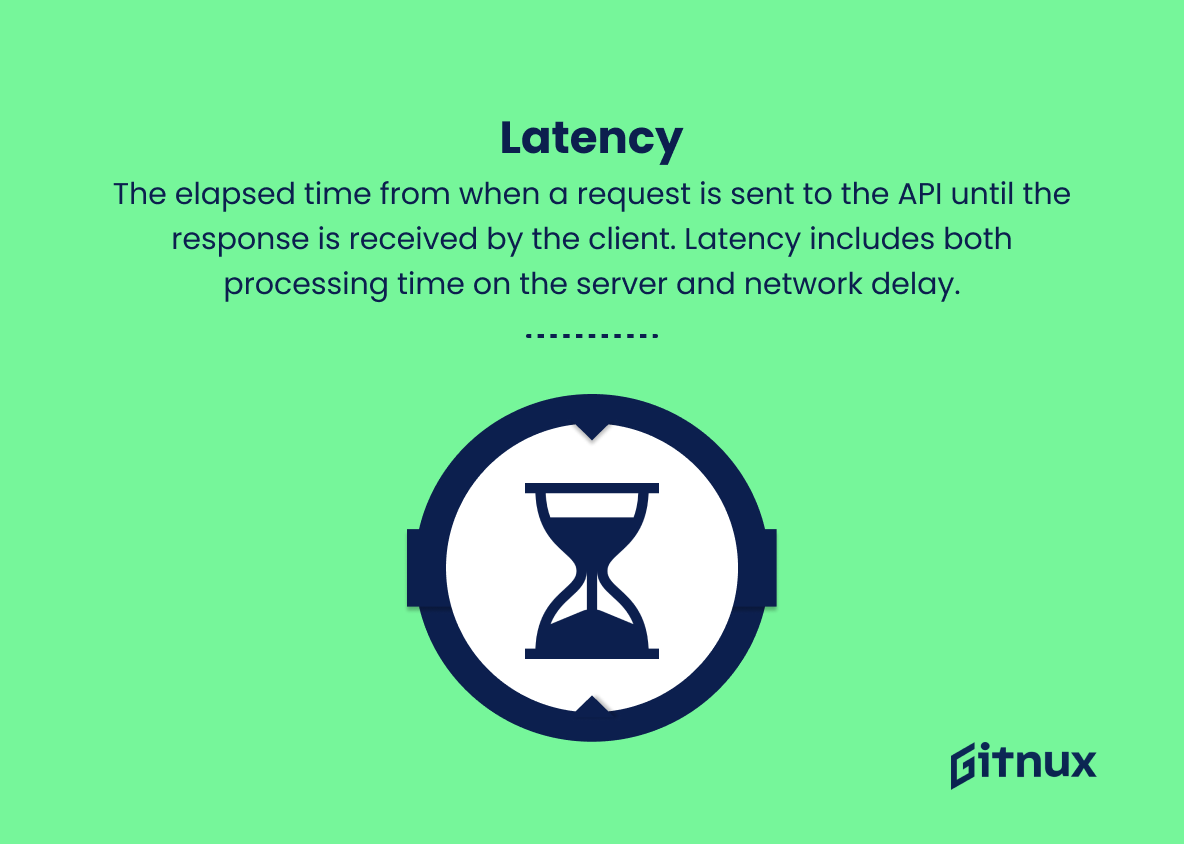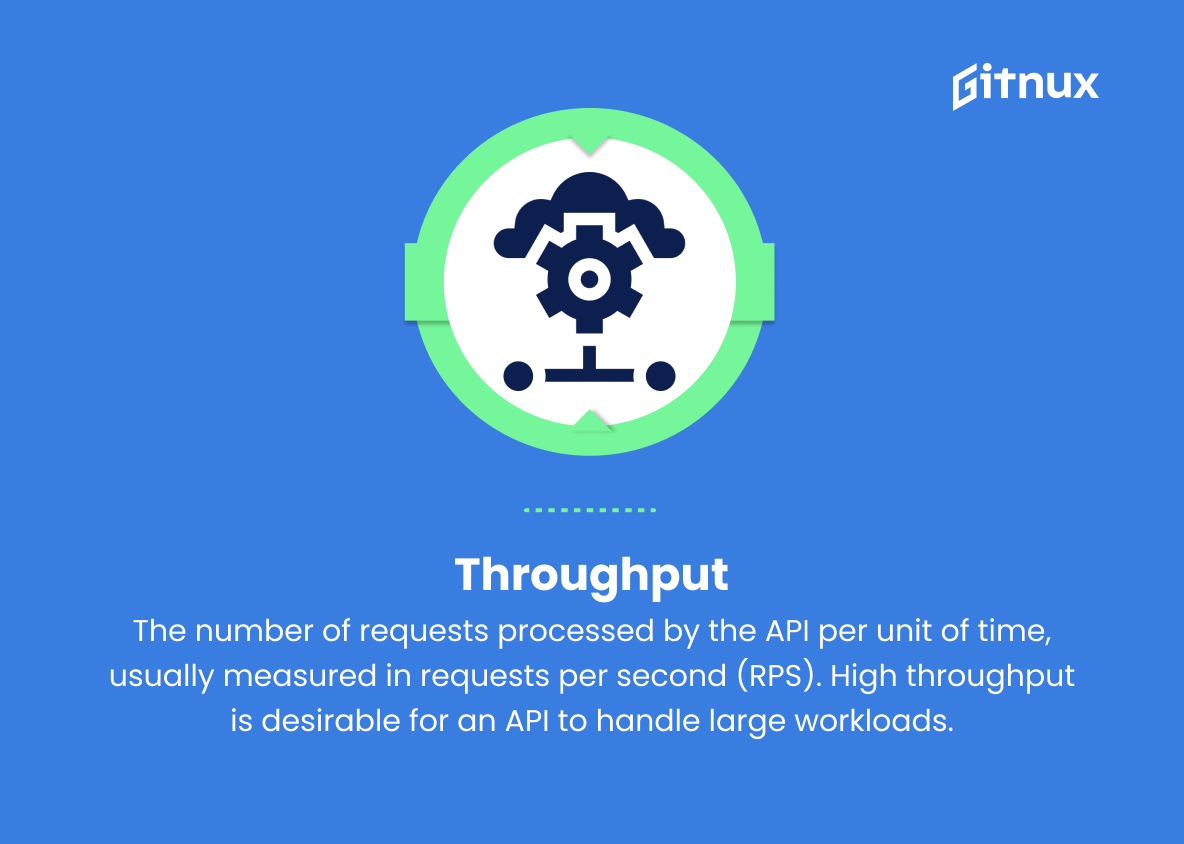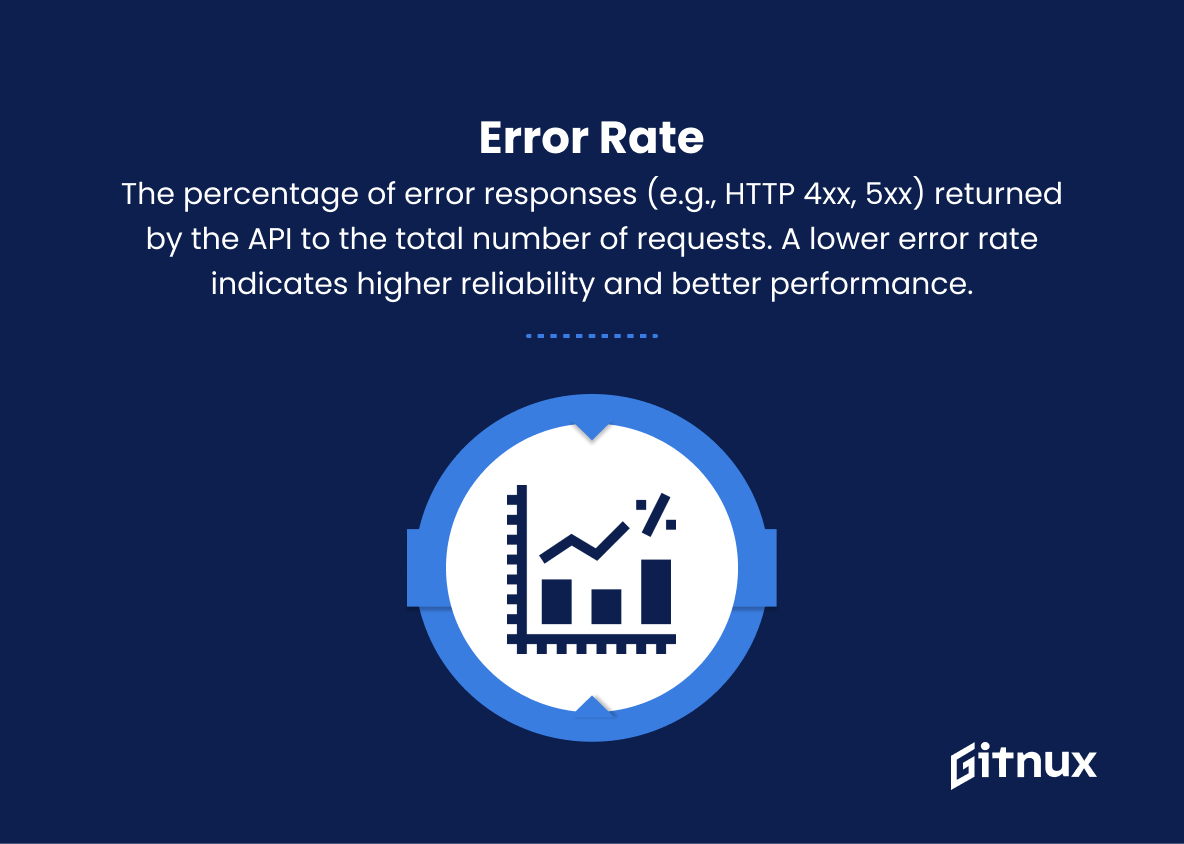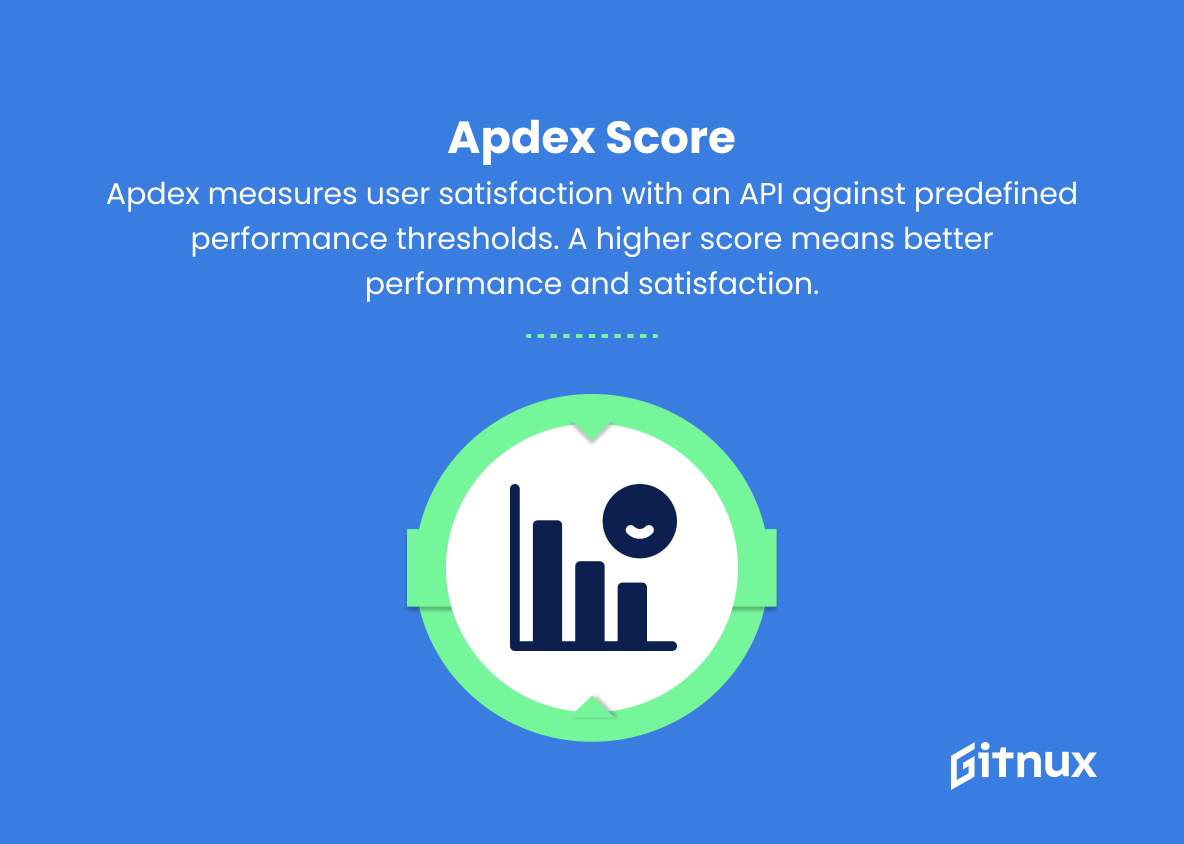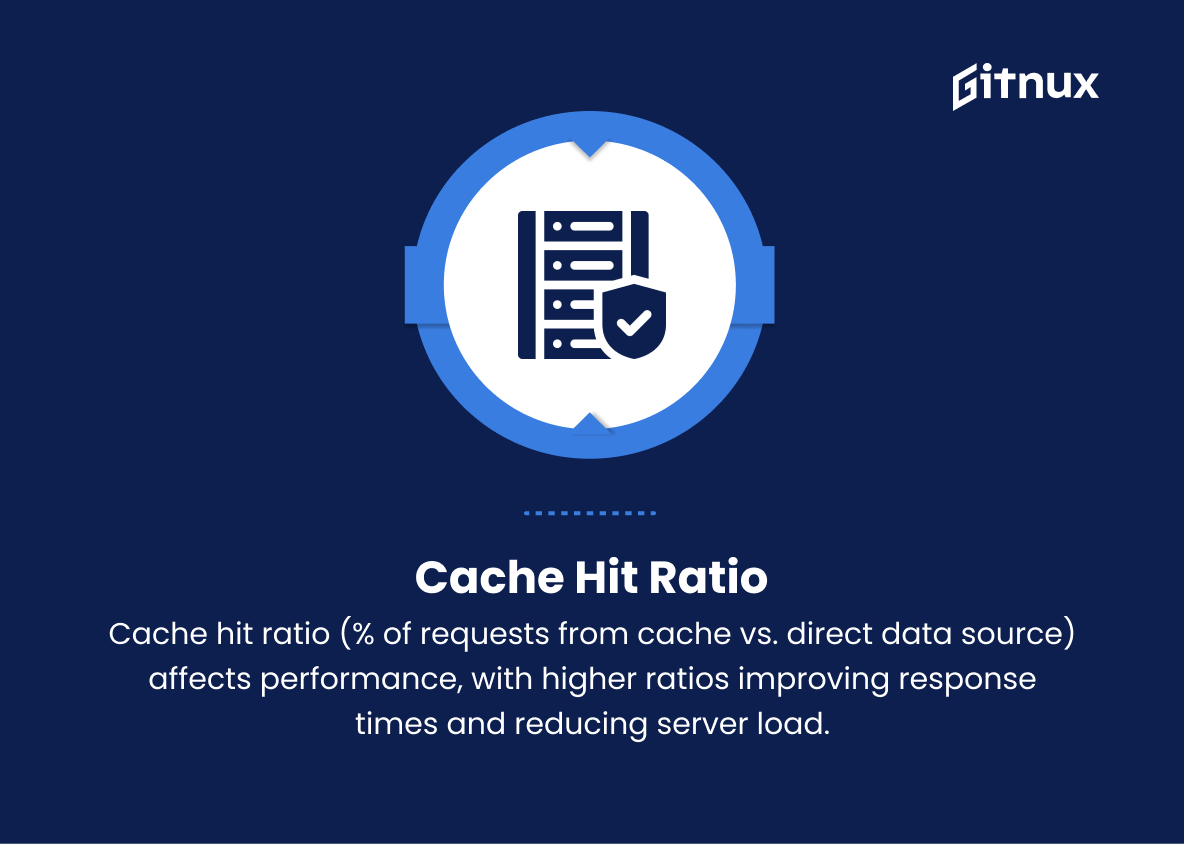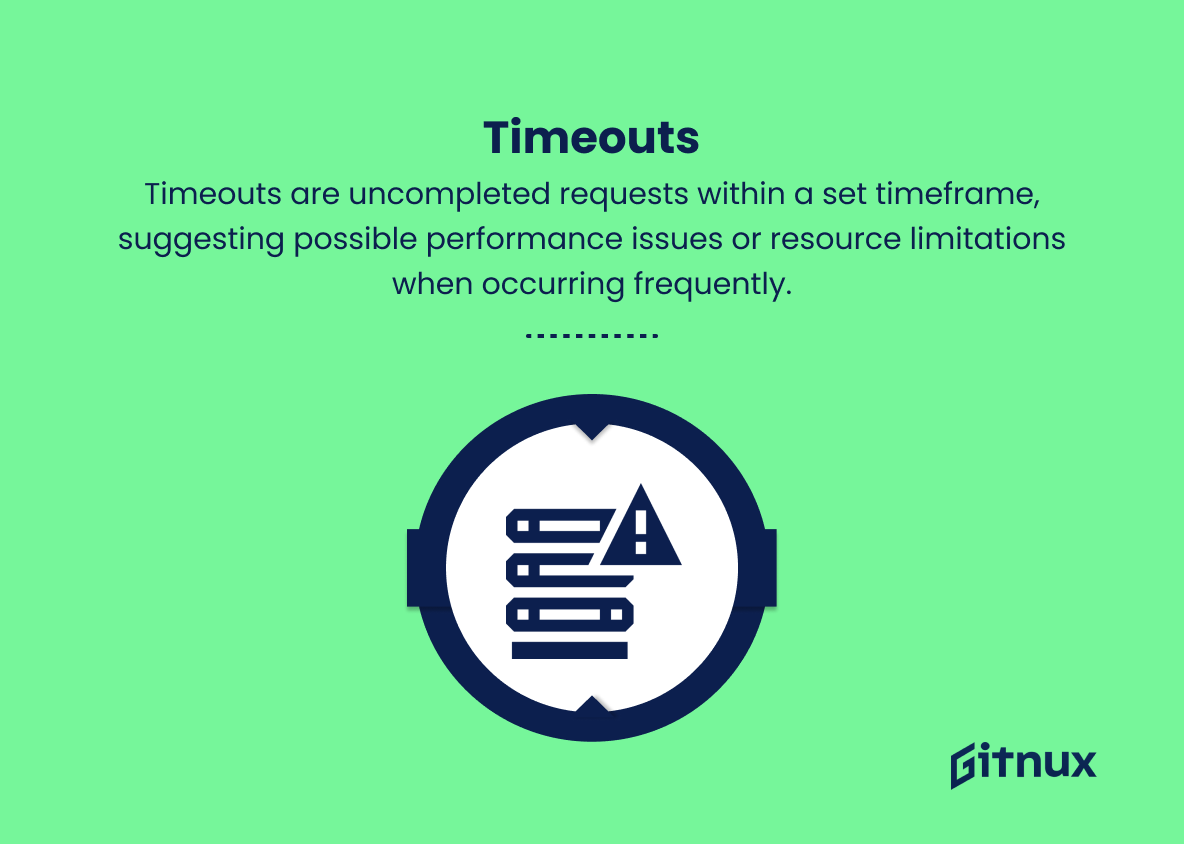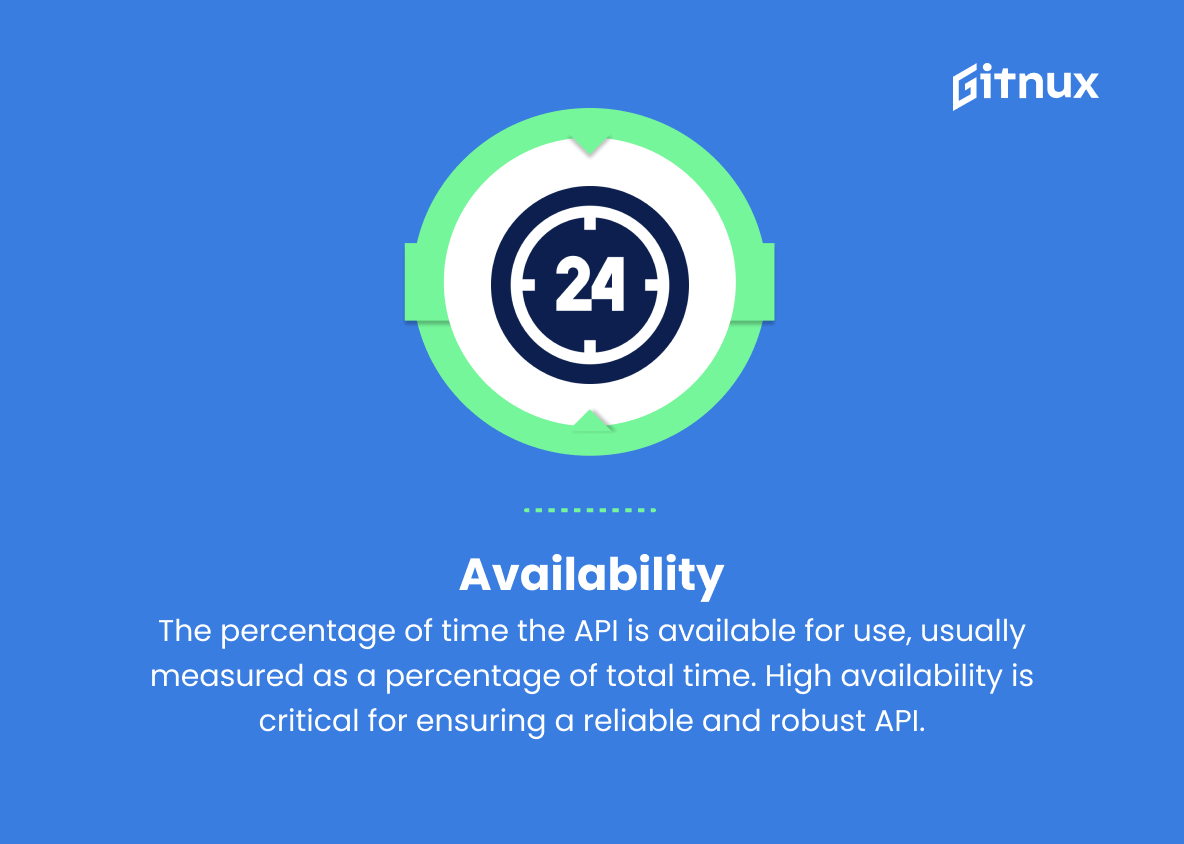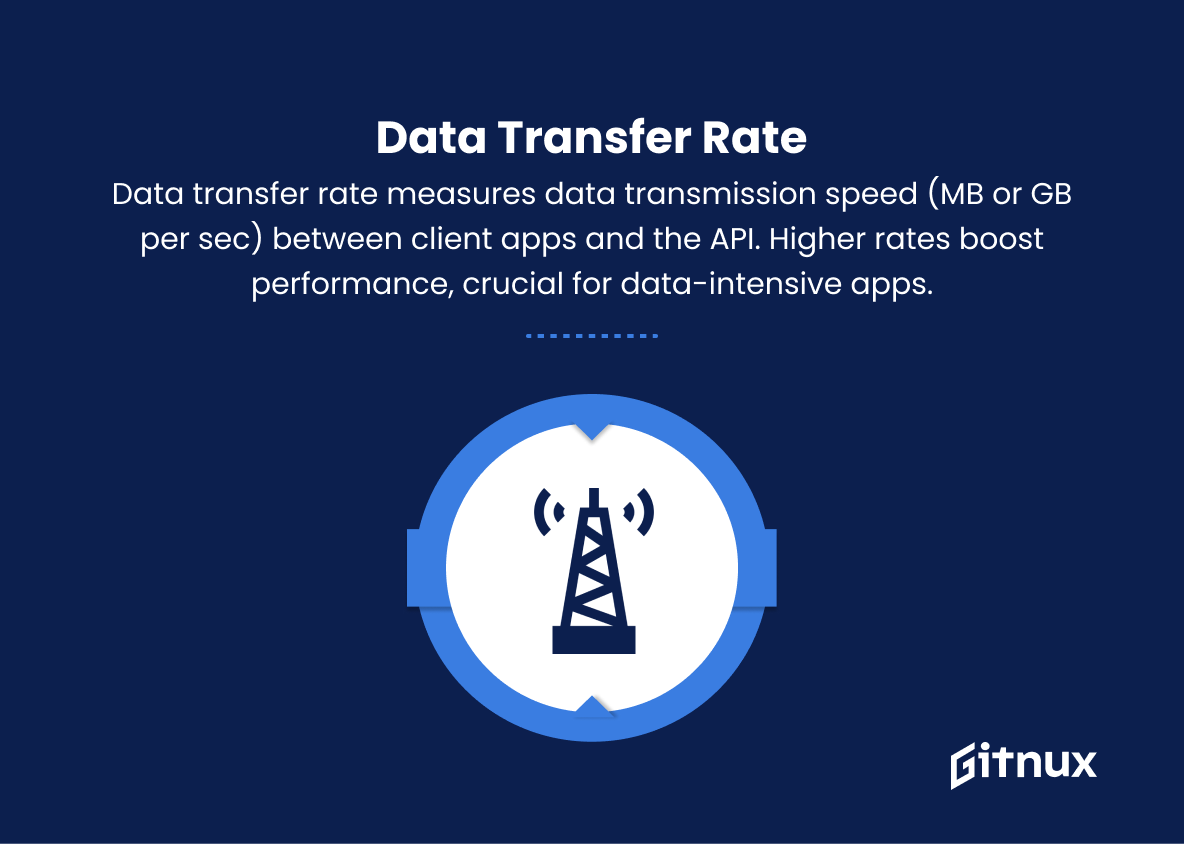In today’s fast-paced digital world, the performance of APIs (Application Programming Interfaces) has become increasingly critical for businesses and developers alike. APIs, which are behind providing seamless interoperability between myriad applications and services, must operate at optimal efficiency to deliver the desired user experience. As API usage continues to grow rapidly, managing, monitoring, and measuring their performance has become an unmistakable priority.
In this blog post, we aim to shed light on the crucial API performance metrics every organization should take into account to ensure a robust and advanced API infrastructure. From response times to error rates, we will cover the essential insights to keep your APIs operating at their peak performance.
API Performance Metrics You Should Know
1. Response time
The time taken by the API to process a request and return a response, usually measured in milliseconds. A shorter response time indicates higher performance.
2. Latency
The elapsed time from when a request is sent to the API until the response is received by the client. Latency includes both processing time on the server and network delay.
3. Throughput
The number of requests processed by the API per unit of time, usually measured in requests per second (RPS). High throughput is desirable for an API to handle large workloads.
4. Error rate
The percentage of error responses (e.g., HTTP 4xx, 5xx) returned by the API to the total number of requests. A lower error rate indicates higher reliability and better performance.
5. Request rate
The number of requests per second sent to the API. A high request rate can lead to increased response times, latency, and error rates if the API cannot handle the load.
6. Apdex score
The Application Performance Index (Apdex) is a standardized metric that measures user satisfaction based on how an API meets predefined performance thresholds. A higher Apdex score indicates better performance and user satisfaction.
7. Cache hit ratio
The percentage of API requests that are served from the cache instead of querying the data source directly. A higher cache hit ratio generally results in better performance by reducing response times and server load.
8. Timeouts
The number of requests that are not completed within a specified period and are therefore terminated. A high number of timeouts may indicate poor performance or inadequate system resources.
9. Availability
The percentage of time the API is available for use, usually measured as a percentage of total time. High availability is critical for ensuring a reliable and robust API.
10. Data transfer rate
The speed at which data is transmitted between client applications and the API, typically measured in megabytes or gigabytes per second. A higher data transfer rate can result in better performance, especially for data-intensive applications.
11. CPU utilization
The percentage of CPU resources consumed by the API during its processing. High CPU utilization may indicate performance issues, such as bottlenecks or inefficiencies in the system.
12. Memory utilization
The percentage of memory resources used by the API during its operation. High memory utilization may indicate performance issues, such as memory leaks or inadequate system resources.
Api Performance Metrics Explained
API performance metrics serve as essential indicators for assessing the overall performance, reliability, and user satisfaction of an API. Response time and latency directly impact the user experience, with shorter times being an indication of better service. Throughput and request rate shed light on an API’s ability to handle large workloads, while error rate and timeouts signal potential issues with the underlying system. Evaluating the performance through the Apdex score helps understand user satisfaction, whereas cache hit ratio reveals the effectiveness of caching mechanisms.
Availability and data transfer rates are crucial for maintaining a reliable service, especially in data-intensive applications. Finally, CPU and memory utilization highlight potential bottlenecks or inefficiencies in the system, allowing developers to address these issues and further optimize the API’s performance.
Conclusion
In summary, API performance metrics play a critical role in ensuring the efficiency, stability, and overall success of API-driven applications. As a business, it is imperative to monitor, analyze, and optimize these key performance indicators to provide a seamless user experience and maintain a competitive edge in today’s technology-driven market.
By focusing on aspects such as response time, error rates, and usage trends, development teams can work towards continuous improvement and achieve their objectives. Remember, consistently monitoring and fine-tuning your API performance metrics will not only enhance customer satisfaction but also contribute to the sustainable growth of your organization.

